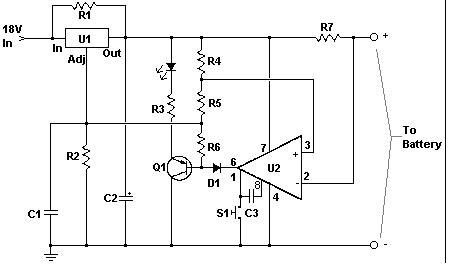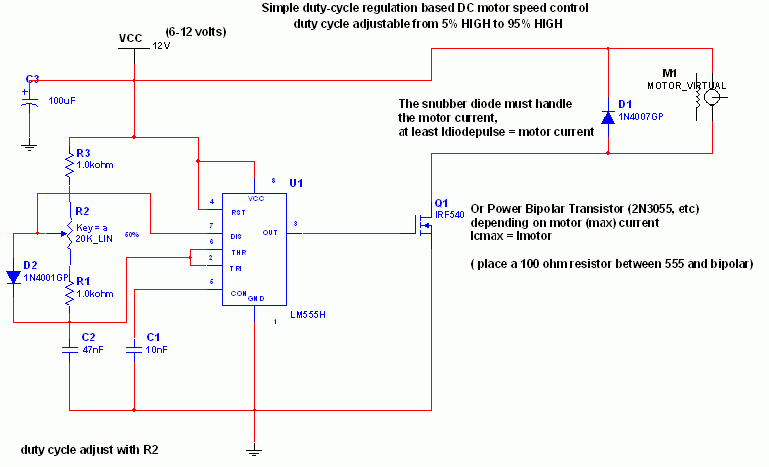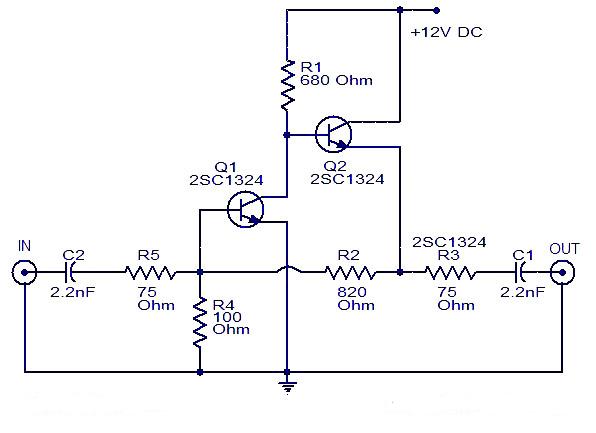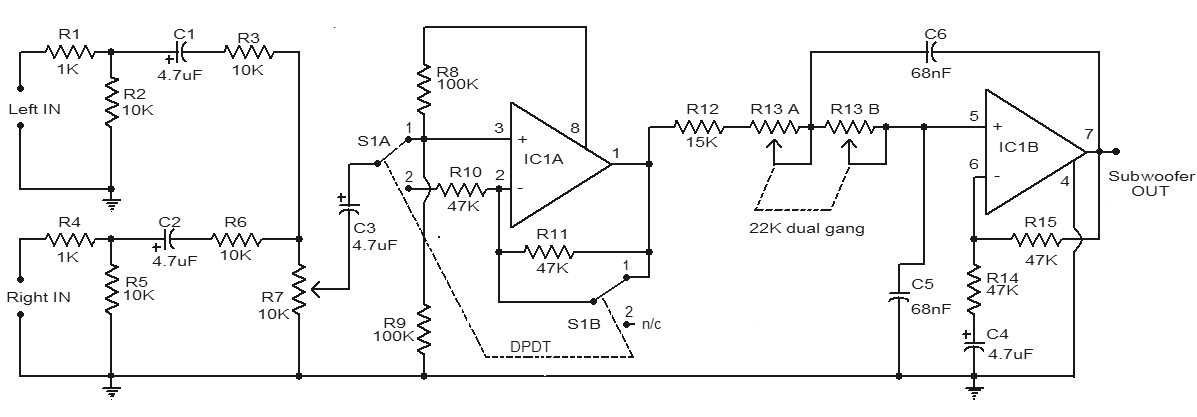
MCU system Controller 12V DC Motor Speed and Direction using IRF150
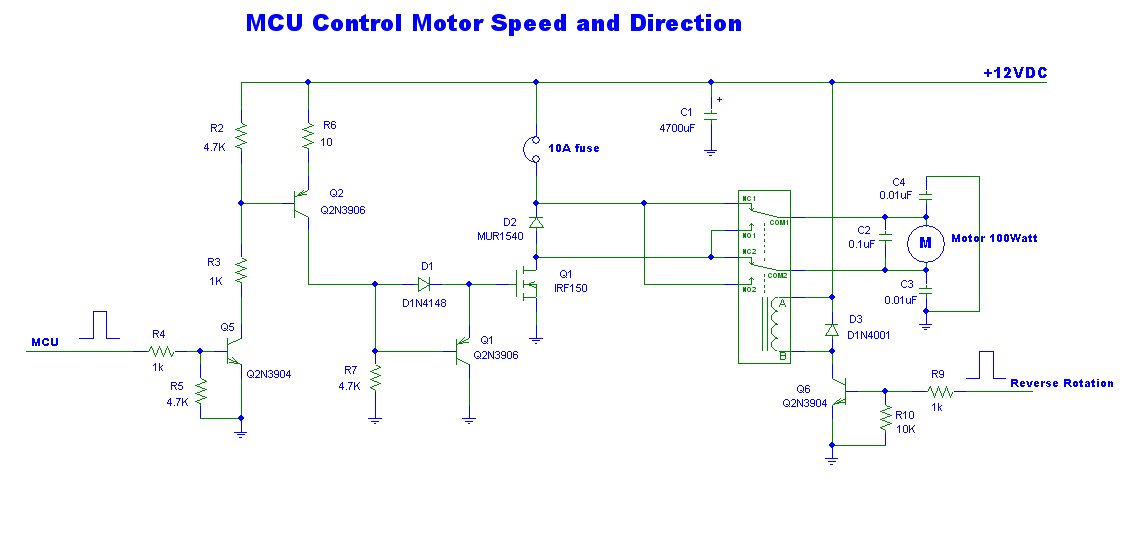
This is a power motor controller circuit designed for 12V applications. It utilizes a microcontroller unit (MCU) for signal control, operating at a high voltage level of approximately 3V. The circuit allows for the motor to be controlled to move forward or backward.
The power motor controller circuit functions by integrating a 12V power supply with a microcontroller that manages the operation of the motor. The MCU receives input signals, which dictate the desired direction of the motor. When the MCU is activated, it outputs a control signal, typically a PWM (Pulse Width Modulation) signal, to power transistors or MOSFETs that act as switches for the motor.
The circuit may include additional components such as diodes for flyback protection, capacitors for filtering, and resistors for current limiting. The use of high-quality components ensures reliability and efficiency in motor operation. The design should also consider heat dissipation, especially in the switching components, to prevent overheating during prolonged use.
To control the motor's direction, the MCU can be programmed to switch the polarity of the voltage applied to the motor terminals, allowing for forward and reverse motion. The circuit may also incorporate feedback mechanisms, such as encoders, to provide real-time data on motor position and speed, enhancing control precision.
In summary, this power motor controller circuit provides a robust solution for controlling 12V motors, with the capability of forward and backward movement, managed by a microcontroller for precise operation.This be power motor controller 12V circuit. with a signal MCU Control be high class voltage , about 3V. It can motor control turn advance or walk go backwards. 🔗 External reference
The power motor controller circuit functions by integrating a 12V power supply with a microcontroller that manages the operation of the motor. The MCU receives input signals, which dictate the desired direction of the motor. When the MCU is activated, it outputs a control signal, typically a PWM (Pulse Width Modulation) signal, to power transistors or MOSFETs that act as switches for the motor.
The circuit may include additional components such as diodes for flyback protection, capacitors for filtering, and resistors for current limiting. The use of high-quality components ensures reliability and efficiency in motor operation. The design should also consider heat dissipation, especially in the switching components, to prevent overheating during prolonged use.
To control the motor's direction, the MCU can be programmed to switch the polarity of the voltage applied to the motor terminals, allowing for forward and reverse motion. The circuit may also incorporate feedback mechanisms, such as encoders, to provide real-time data on motor position and speed, enhancing control precision.
In summary, this power motor controller circuit provides a robust solution for controlling 12V motors, with the capability of forward and backward movement, managed by a microcontroller for precise operation.This be power motor controller 12V circuit. with a signal MCU Control be high class voltage , about 3V. It can motor control turn advance or walk go backwards. 🔗 External reference
Warning: include(partials/cookie-banner.php): Failed to open stream: Permission denied in /var/www/html/nextgr/view-circuit.php on line 713
Warning: include(): Failed opening 'partials/cookie-banner.php' for inclusion (include_path='.:/usr/share/php') in /var/www/html/nextgr/view-circuit.php on line 713


